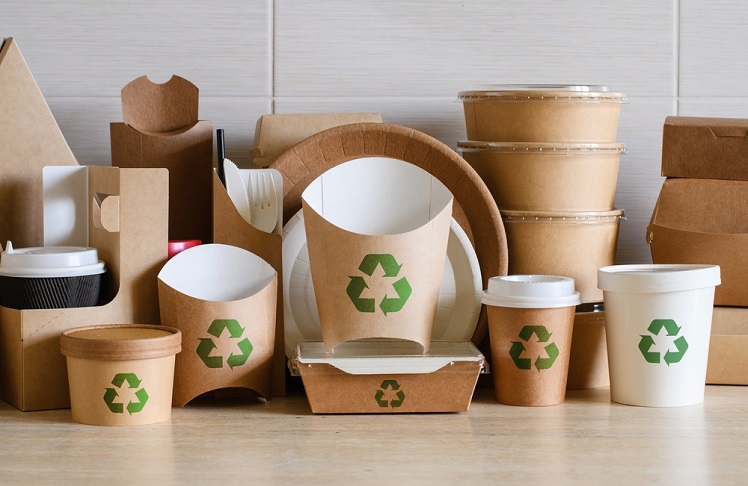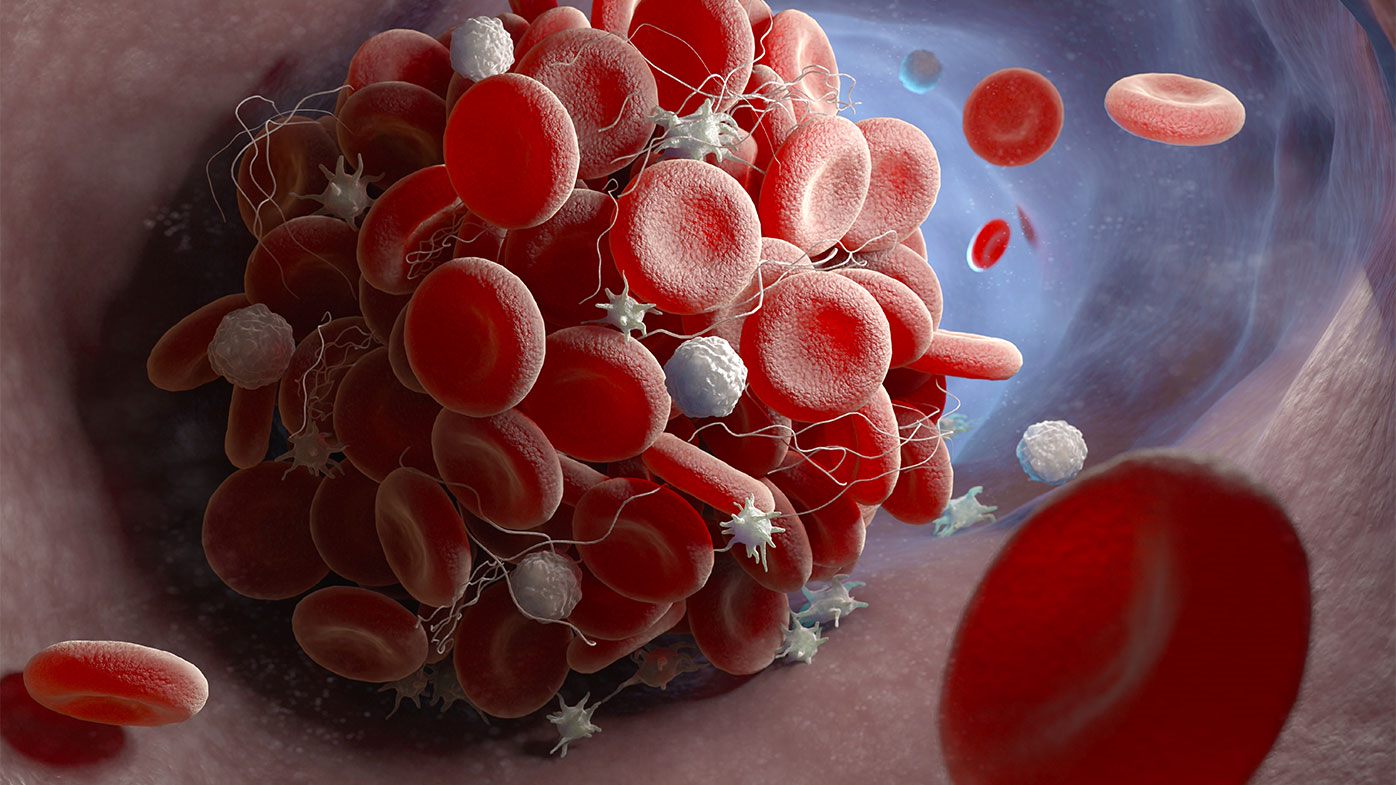
The increasing global focus on sustainability has propelled biodegradable materials into the limelight, concentrating the attention of environmentally conscious industries on this material. This paper undertakes a comprehensive market research exploration, examining in detail various facets of biodegradable materials from their composition to market trends, challenges, and potential investment opportunities.
1. Biodegradable Materials
We provide a basic overview of biodegradable material, highlighting how this class of materials can inherently decompose naturally and help with environmental sustainability. These materials are highly important in addressing ecological concerns, setting the stage for further exploration.
1.1 Defining Biodegradability
Biodegradability, as a fundamental concept, is introduced, highlighting how materials can naturally break down through microbial action, offering an eco friendly alternative to non biodegradable counterparts.
2. Market Trends in Biodegradable Materials
Biodegradable materials have assumed importance with the sensitization of the environment. This is out of the growing awareness among industries to seek greener alternatives. A market trend is slowly shifting toward sustainable and biodegradable products as consumer demand for environmentally responsible choices and pressures to reduce ecological impact rise.
2.1 Consumer-Driven Demand
The backbone of this analysis can be drawn from an in depth exploration of the increase in the demand for biodegradable products, driven by an increase in consumer awareness of the environment. It is, however, very essential to the current market trend knowledge in a way of emphasis that consumers, at present, largely change the course of materials being used across various industries into biodegradability.
2.2 Regulatory Landscape
The impact of stringent environmental regulations on the market, including bans on single use plastics and incentives for eco-friendly alternatives, is explored to comprehend the regulatory framework driving market dynamics.
3. Types of Biodegradable Materials
The work of working with biodegradable materials requires an in-depth understanding of the different sets of ranges that could allow natural degradation and hence assist in environmental sustainability. These include biodegradable polymers for packaging and innovative plant based alternatives. Such an understanding provides a sound basis for making appropriate decisions with regard to the adoption and promotion of sustainable practices. A nuanced understanding ensures a strategic approach toward harnessing the potential of biodegradable materials across varied industries and applications.
3.1 Biodegradable Polymers
An in depth exploration of biodegradable polymers, their properties, and applications provides insights into their role in sectors such as packaging and disposable products.
3.2 Biodegradable Packaging Materials
Biodegradable packaging material is an alternative that may be degraded with no further harm to the environment. In the light of such growing emphasis on sustainability, industries are now embracing these materials as substitutes to lessen plastic wastes. The trend in this market is in line with the global drive for greener solutions in packaging amidst growing environmental concerns.
4. Innovations in Biodegradable Technologies
Innovations in biodegradable technologies revolutionize the quest for sustainability by proffering environmentally friendly alternatives across industries. Advanced materials and processes are continually being refined to contribute toward reducing environmental impact and address concerns related to plastic pollution. It ranges from biodegradable plastics and packaging solutions to innovation that is being continuously made in this area toward a more sustainable future. Ongoing research and development in the area of biodegradable technologies underpin the commitment toward environmental stewardship and a shift toward greener, more responsible practices.
4.1 Nanotechnology's Role
An exploration of how nanotechnology enhances the properties of biodegradable materials, providing improved strength and barrier functions, showcases the transformative potential of this innovation.
4.2 Enzyme-Assisted Biodegradation
Biodegradation assisted with enzymes is the increasing use of natural enzymes to hasten the reduction of organic material. It is a new method of increasing the effectiveness of biodegradation processes, hence managing waste and providing a service to environmental sustainability. By harnessing the power of enzymes, this approach offers a promising solution to issues that involve non biodegradable materials, encouraging the execution of much greener modes of disposing waste.
5. Challenges in the Biodegradable Materials Market
There are, however, some very important issues that the biodegradable materials market has to consider. From potential limitations of performance comparison to traditional materials to the whole aspect of infrastructures for waste management, all these remain daunting challenges that sincerely deserve attention. Investors and stakeholders in such industries have to consider more pragmatic issues of applicability and the inefficiencies of existing systems of disposing of produced waste. Therefore, these are challenges that have to be acknowledged and mitigated as part of the continued growth and success the market for biodegradable materials will face within a wider landscape of sustainable solutions.
5.1 Performance Limitations
An examination of potential performance limitations compared to traditional materials prompts investors to assess the practicality of biodegradable materials in specific applications.
5.2 Waste Management Infrastructure Challenges
The many sided problems range from a lack of disposal facilities and inefficient recycling to an increase in population. Further, inadequate investment in modernization related to the technology of waste management unnecessarily enhances such problems and inhibits sustainable solutions. Conquering these challenges requires comprehensive strategies involving increased funding, technological development, and public awareness in creating resilient waste management infrastructure capable of dealing with greater volumes of urban wastes while contributing minimal environmental degradation.
6. Investment Opportunities in Biodegradable Materials
On the other hand, this presents an opportunity for investors naturally leaning towards green businesses in which to report potential investment opportunities in the biodegradable materials industry. Given that the latter is environmentally sustainable, investors will also be provided with opportunities to invest in green projects while also reporting decent returns through a growing need for sustainable options within various industries.
6.1 Supporting Emerging Biodegradable Technology Startups
In this way, the enabling factor will go a long way in fostering sustainable solutions to the emerging biodegradable technology startups. Financial support coupled with mentorship and resource access is a great enabler for such startups to innovate and develop eco-friendly alternatives. Such interventions mean that the biodegradable technologies will be adopted more quickly to ensure a sustainable future amidst global concerns of plastic pollution and degradation of the natural environment.
6.2 Collaboration with Established Manufacturers
By forming strategic partnerships or making strategic investments in established manufacturers of such biodegradable materials, stability and market experience will be assured for investors. To this end, the tremendous wealth of experience and presence in marketplaces is harnessed through which investors will gain access to the challenges that may be in store in these markets, besides capitalizing on emerging opportunities within this evolving market for biodegradable materials.
7. Conclusion: The Future of Biodegradable Materials
Biodegradable materials epitomize one of the most important frontiers in the quest for sustainable and eco friendly solutions. As awareness increases worldwide, industries increasingly adopt biodegradable alternatives from plastics to packaging, driven by consumer demand along with imperatives such as regulation. The diverse line up of biodegradable materials from polymers to packaging solutions showcases their versatility in an array of applications across sectors. Innovations such as nanotechnology and enzyme assisted degradation further amplify their potential contribution toward reduction in environmental impacts. However, challenges such as performance limitations and gaps in waste management infrastructures are things that require strategic attention. With this, investors have an open window to invest in the emerging biodegradable technology startups and collaborate with established manufacturing companies to support a greener future and navigate through the changing landscape of sustainable solutions.
Trending Posts

Global Silver Nanoparticles Market
The global silver nanoparticles market was valued at $2.08 billion in 2020, and is projected to reach $4.1 billion by 2027, growing at a CAGR of ~17%

LNG Bunkering – Here is something you must know!
In the current scenario of growing pollution, companies are trying to adapt more and more sustainable approach that not only gives eco-friendly result

The Basic Pension Comes - Federal Cabinet Decides On the Pension Supplement
Financial security in old age is an issue that is causing stomach pains for more and more people in Germany. Low-wage earners fear the elderly. The ba

The Future of Artificial Intelligence
In recent years, the field of artificial intelligence (AI) has witnessed unprecedented growth and transformative advancements. As AI technologies

Sailing into the future with Autonomous Ships
Autonomous Vehicles (AVs) are the uproar of this era. After airways, thanks to the companies like Tesla, that people are now getting used to see drive

Rising Demand For Uninterrupted Power Supply Is Expected To Drive The Power Rental Market
Todays world is totally reliant on electric power. There are many things which are not manageable without electricity. Power rental is a concept where

Rapidly growing IT industry coupled with the trend of bringing your own device (BYOD) is expected to provide new opportunities for growth of Cloud Collaboration
Cloud collaboration is the process of sharing and co-authoring the computer-based work through cloud technology

Factcheck on UV Disinfection for COVID-19
Many regulatory authorities and bodies believe that UV disinfection technologies can play a role in a multiple barrier approach to reducing the transm

The Global Ventilator Market Grows at a CAGR of 7.75 %
The Global Ventilator Market, which was at $688 million in the year 2016, is about to double by the year 2025, and reach a value of $1,347 million. Th

Vaccination: Vaccination Against Measles is Now Mandatory in Germany
The subject of compulsory vaccination has always heated peoples minds and caused emotionally charged discussions. The latest law in this area - the ob
Recent Posts

Growth and Future Trends of the Global In-Line UV-Vis Spectroscopy Market
In-line UV-Vis spectroscopy is a powerful analytical tool widely adopted in various industries for real-time monitoring of chemical and biological processes. This market is experiencing robust growth due to its applications in pharmaceutical.

Understanding the Growth Dynamics of the Premium Luggage Market
The market for premium luggage has grown massively over the years. This is attributed to several factors, including a change in consumer preference, increase in disposable incomes, and an overall rise in international travel.

Global Potassium Sorbate Market: Growth and Forecast
The Global Potassium Sorbate Market has gained significant traction due to the rising demand for preservatives across various industries, especially in food and beverages. Potassium sorbate, a salt of sorbic acid.

Global Venturi Masks Market Growth and Forecast
Venturi masks, also known as air-entrainment masks, play a crucial role in delivering a precise oxygen concentration to patients, particularly those suffering from chronic respiratory conditions such as COPD (Chronic Obstructive Pulmonary Disease).

Global Venous Thromboembolism (VTE) Therapeutics Market: Overview, Growth, and Forecast
Venous thromboembolism (VTE) is a critical medical condition including deep vein thrombosis and pulmonary embolism. In fact, it is one of the preventable causes of death in the hospital environment. It has experienced a substantial upsurge.

Global Vein Illumination Device Market: Growth and Forecast
The global vein illumination device market is experiencing significant growth, Due to a growing demand for minimally invasive procedures and an increase in chronic diseases, not to mention development in medical technology.

Global Vasculitis Treatment Market: Growth and Forecast
Vasculitis represents a group of disorders involving inflammation of blood vessels. It can affect parts of the body such as the skin, kidneys, lungs, and joints, and without proper treatment it may cause severe morbidity.

Global Fired Heaters Market: Growth and Forecast
The global market for fired heaters is growing at a rapid pace due to increased demand from major industries such as the oil & gas, chemical, and petrochemical sectors. Fired heaters are among the most crucial components of process heating systems.

Global Gas Flares Market Growth and Forecast
The growth in oil and gas production, environmental regulations, and a need for an effective waste gas management system are driving the global gas flares market. Gas flares are a crucial equipment in the oil and gas industry.

Global Steam Reformers Market: Growth, Trends, and Forecast
The steam reformers market is witnessing significant growth due to increased demand for hydrogen in industries like chemicals, refining, and fertilizers.
